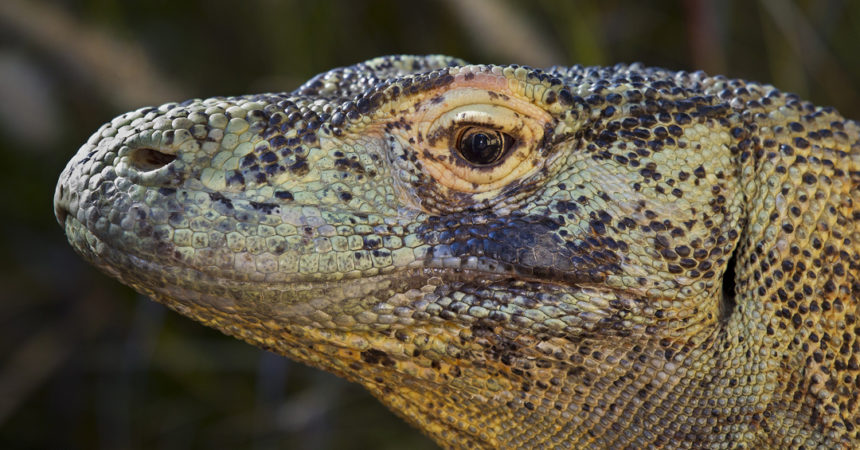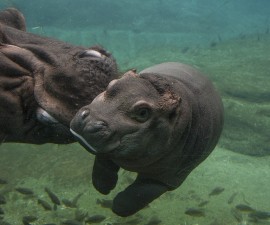Five Remarkable Reptile Reproduction Strategies
Snakes, lizards, and turtles aren’t known for their parenting behavior. Reptile hatchlings (or newborns) generally are independent from the get-go. But that doesn’t mean creating the next generation isn’t important to our reptile friends. In fact, some of them go to great lengths to ensure their genes live on. Here are five examples of reptile reproduction strategies that may surprise you.
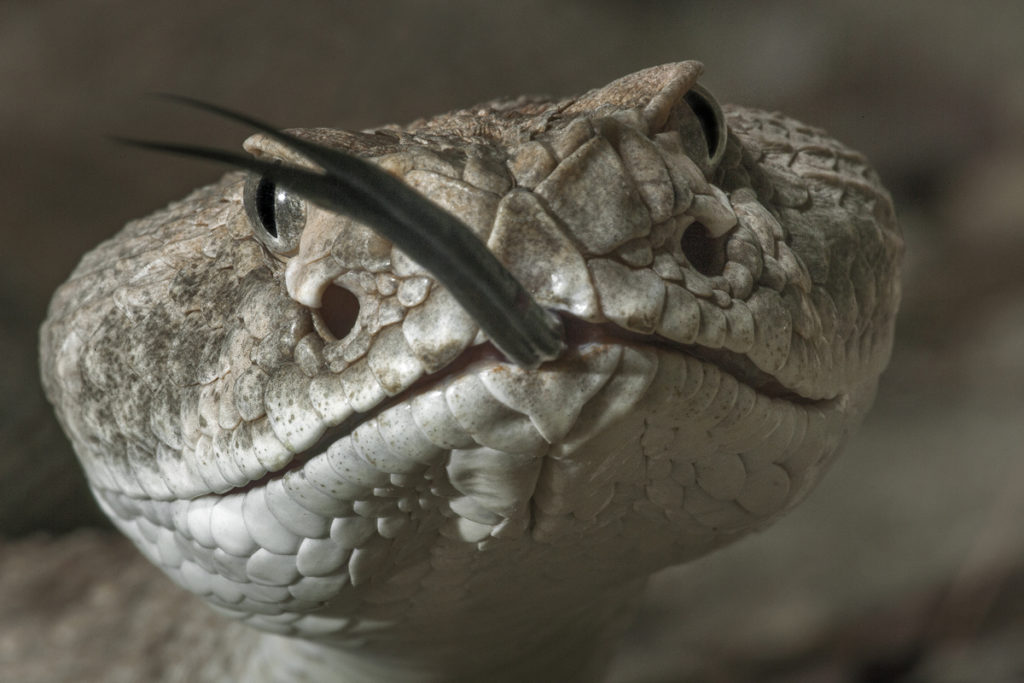
The Gift That Keeps on Giving
In some reptile species, pocket-like structures of a female’s oviducts can store sperm for months—or even years—after mating. These females can produce two or more litters or clutches from a single mating. Some turtles and snakes can delay fertilization for as long as four years after mating.
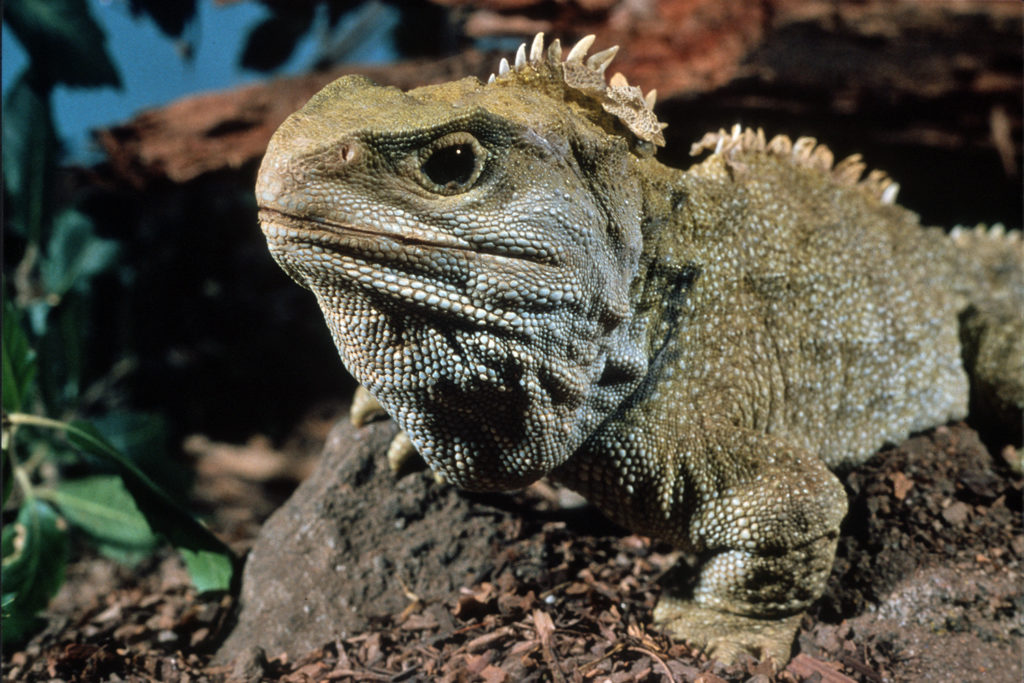
Take All the Time You Need
A female tuatara spends one to several years developing eggs that will be ready for fertilization. Then, after fertilization, she retain the embryos in her body for as long as seven months. When she’s (finally) ready to lay her eggs, a female tuatara digs a secret nest chamber in the soil. Baby tuataras won’t hatch for another 12 to 15 months—possibly the longest incubation period of any reptile.
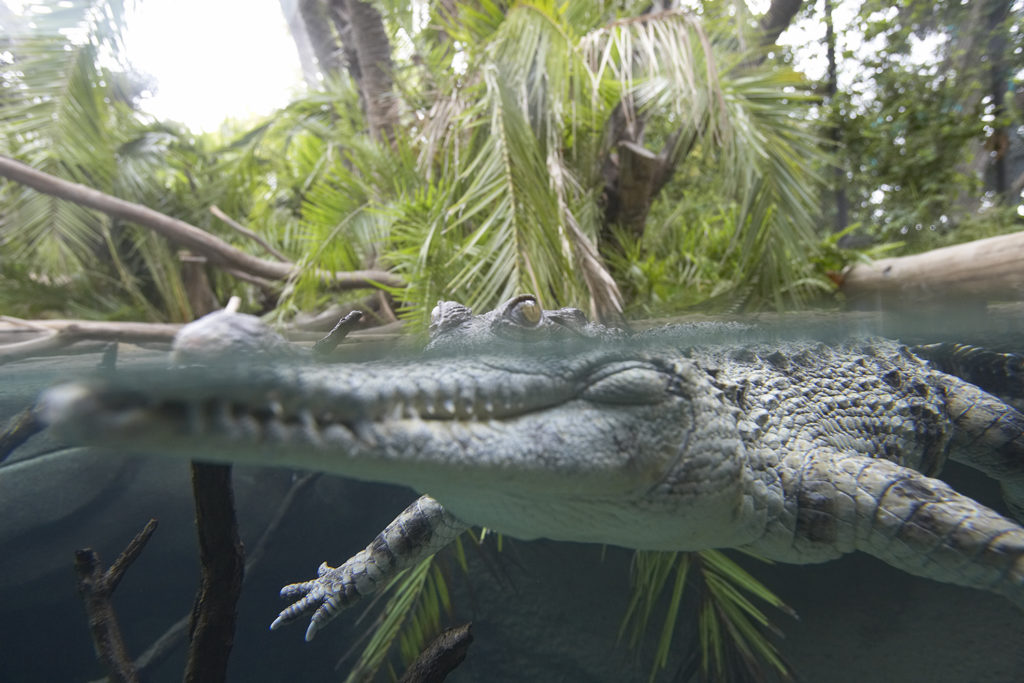
Lend a Helping Hand
Alligators and crocodiles are the exception to the reptiles’ typical hands-off parenting style. When babies begin to hatch from their eggs, they emit a grunting, barking, or chirping sound as if to say, “Hey! I could use a little help here!” It brings the mother running, and sometimes she even gently uses her teeth to help her babies chip out of their shells. After the young have hatched, the mother carries them to the water in her mouth.
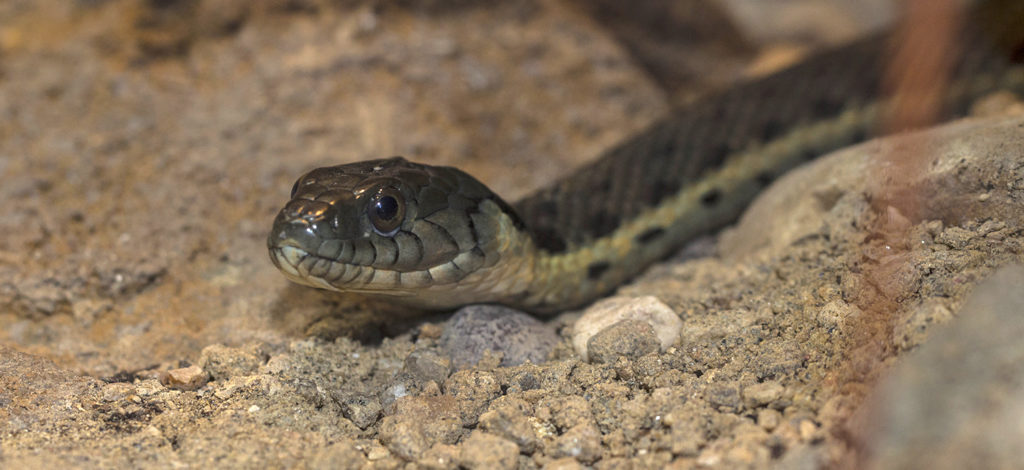
“She’s” with Me
Some male gartersnakes mimic females. The other males don’t recognize these “she-males” as competitors, so they don’t bother chasing them away. In at least one study, she-male gartersnakes had more reproductive success than normal males. Some male Augrabies flat lizards share this strategy. Typical males are brilliantly colored—and fiercely territorial toward each other. Other males look just like females. Able to move freely about within the territories of several typical males, they have plenty of mating opportunities.
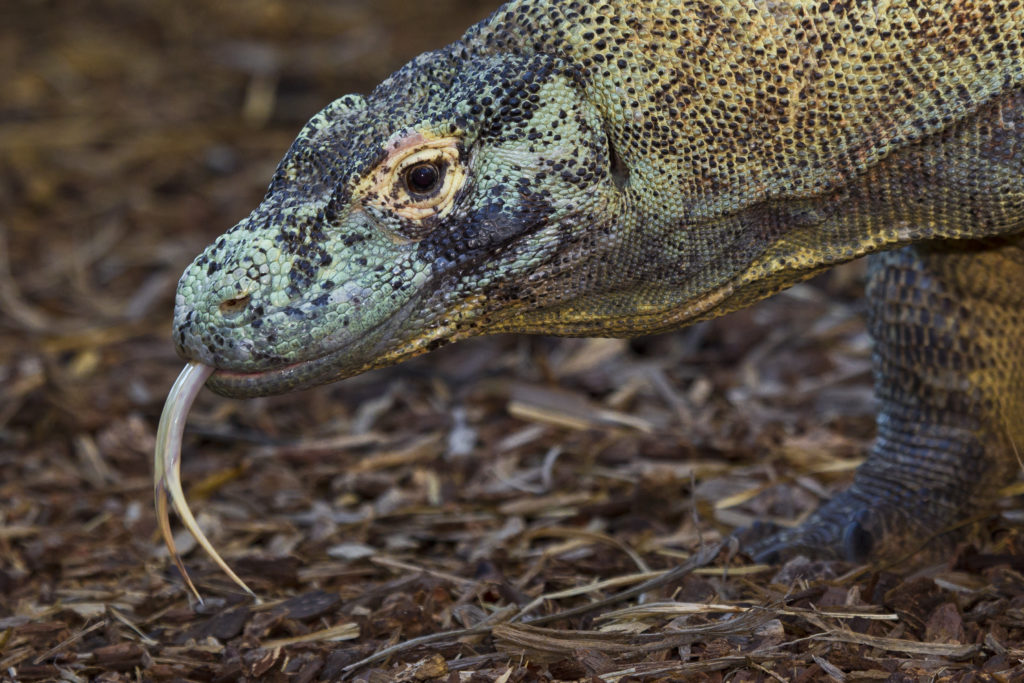
Making a Mini Me
It may sound like science fiction, but it’s true: some snake and lizard species are 100 percent female. These females produce—without males or sperm cells—little clones of themselves. This phenomenon—females reproducing clones—is called parthenogenesis. It’s not as rare as you might think; it occurs in more than 50 species of lizards and snakes. Some species that reproduce sexually are capable of parthenogenesis, too—based on circumstances and the environment. For example, parthenogenesis occasionally occurs in Komodo dragons.
Donna Parham is creative content specialist for San Diego Zoo Global.

